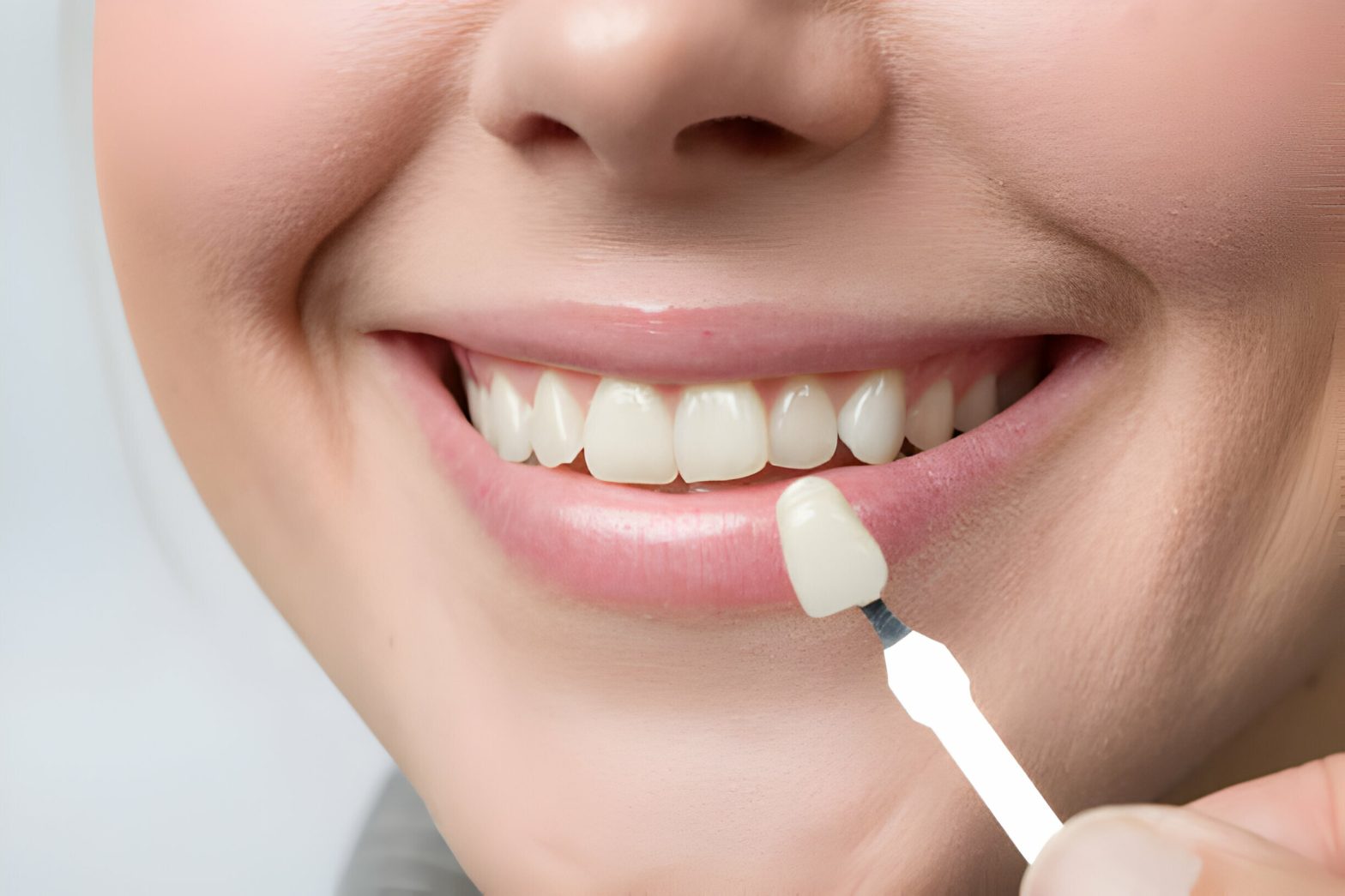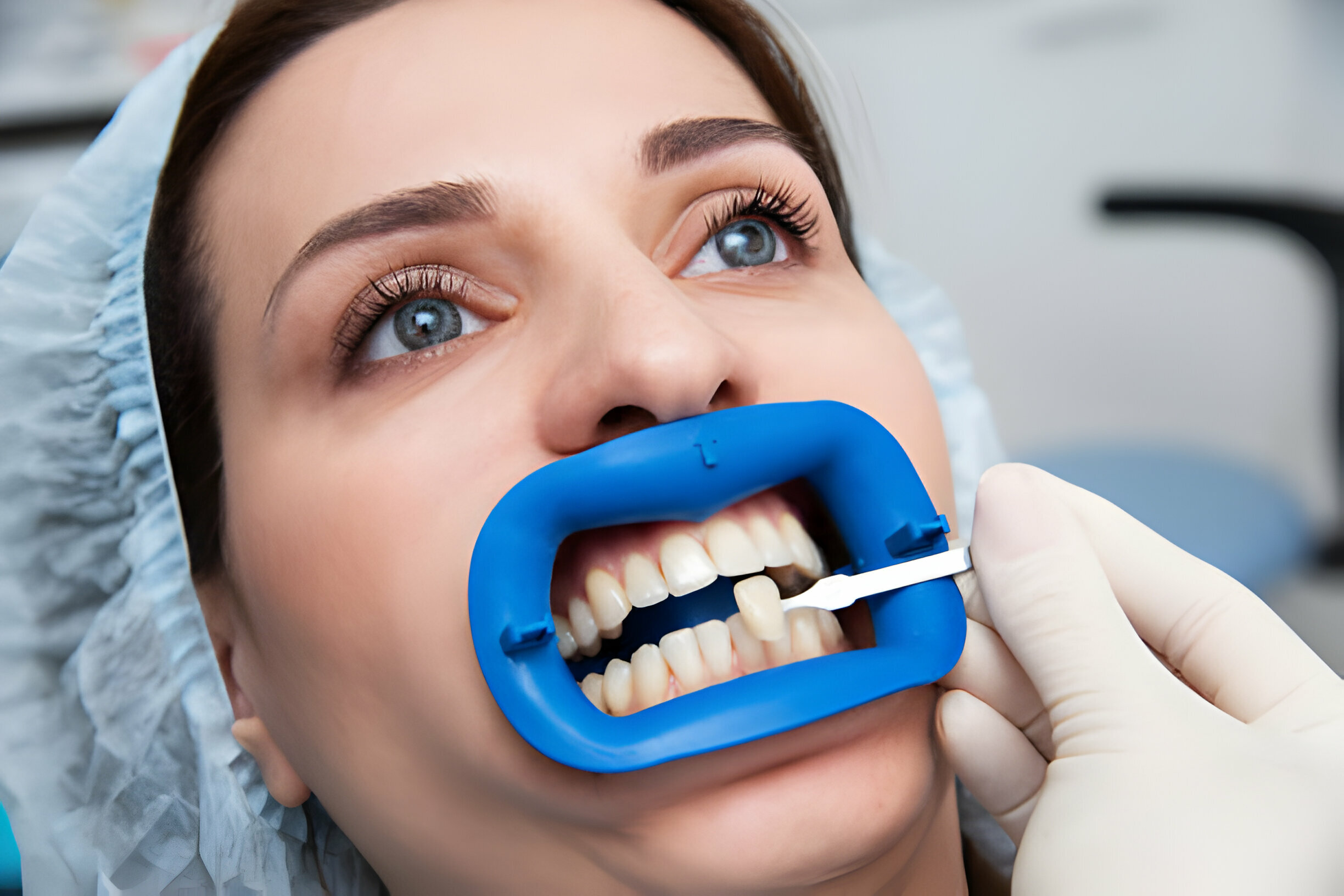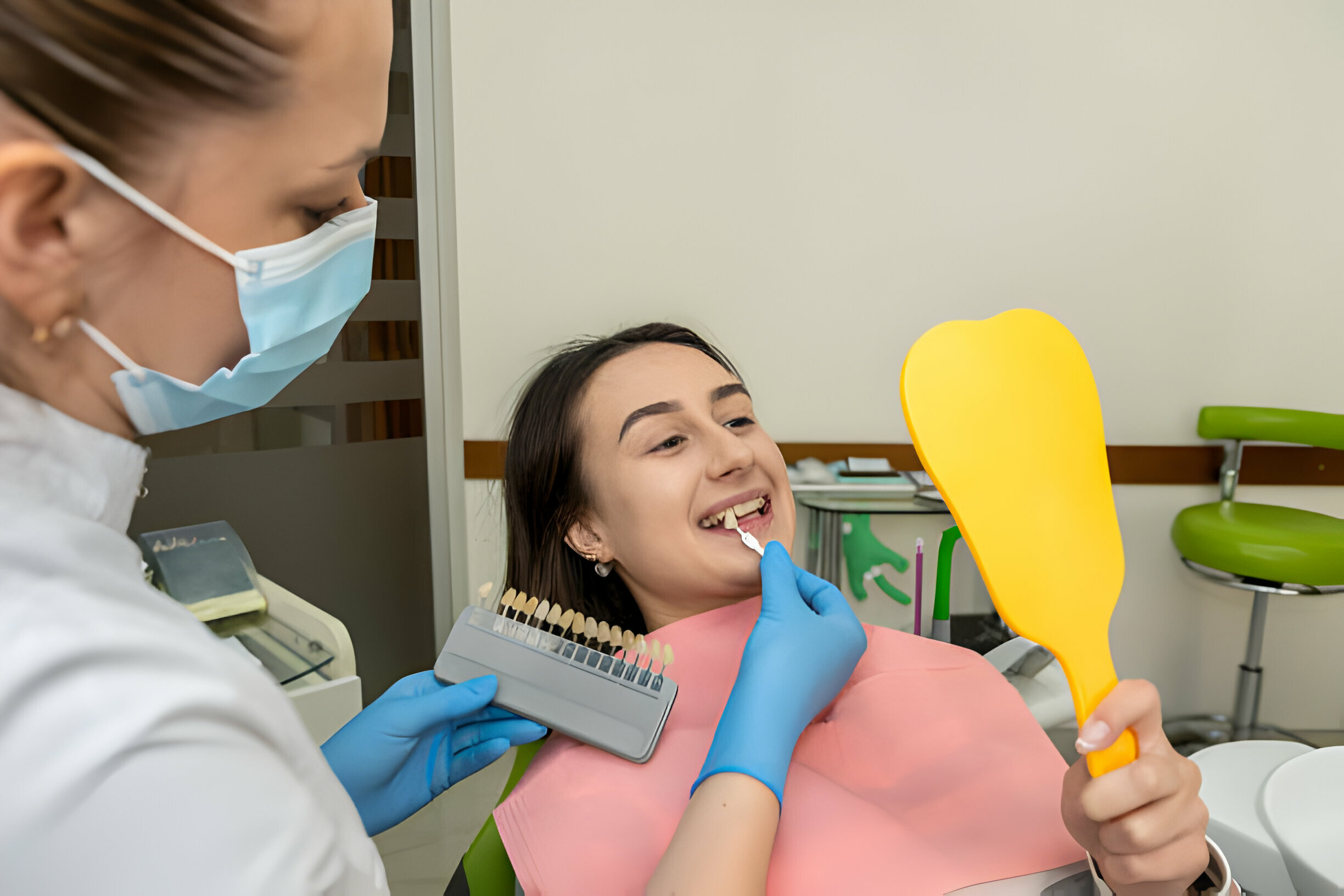
Summary
Our smile is a social asset! Sadly, however, we often fail to make the most of our social assets due to crooked, chipped, or broken teeth.
If you are unhappy with the appearance of your teeth, you are in the right place. Stats suggest that 9 out of 10 people in the US have crooked teeth. Porcelain laminates can help with common tooth issues, including chips, cracks, and discoloration.
In this blog, we take a closer look at dental veneers and understand more about the appliance while understanding:
- What are Dental Veneers – Role in Smile Dentistry
- The Porcelain Laminates Process Explained!
- Types of Oral Laminates You Should Know Of!
- Benefits of Veneers – How They Revamp Your Smile
- Cost Considerations of the Appliance
Continue reading as we learn more about dental veneers and the different types of veneers in the following sections.
What are Dental Veneers – Role in Smile Dentistry?
Porcelain laminates are thin, custom-made shells constructed from long-lasting materials like porcelain or composite resin. These shells protect the teeth’ front surface, increasing their appearance and functionality. Veneers can treat many oral issues, including discoloration, misalignment, chipped or broken teeth, and gaps between teeth.
If you are considering obtaining porcelain laminates, you should consult your dentist in Kansas City, Missouri, to see if they are the best option. When thinking about dental veneers, consider the following:
- Your specific wants and goals will determine the sort of tooth veneer best suited to you.
- Your veneers might be the same hue as your natural teeth. They are irreversible and will necessitate some preparation of your natural teeth.
- You must brush and floss your appliance regularly, just like your natural teeth.
Let’s understand more about the appliance in the following sections.
The Porcelain Laminates Process Explained!
Veneers in dental are typically applied on the teeth in two appointments. During your first visit, the dentist will create a picture of your teeth and send it to a laboratory for processing. The laboratory will next produce a custom-made appliance for your mouth.
After the laminates are ready, you should return for a second appointment. The dentist will attach the appliance to your teeth during this visit and make any required changes. The entire process typically takes about two weeks.
The dental veneer technique typically includes multiple steps:
- Consultation: During the first visit, the dentist will evaluate the patient’s dental health and discuss their cosmetic goals. X-rays and imprints may be obtained to aid in treatment planning.
- Preparation: A tiny portion of enamel may be removed from the tooth surface to prepare the teeth for porcelain laminates. This ensures a correct fit for the appliance and seamless integration with the adjacent teeth.
- Impression: Impressions of the teeth are taken and sent to a dental laboratory, where custom veneers are created to the patient’s precise requirements.
- Bonding: Professionals carefully attach the complete porcelain laminates to the front surface of the teeth using a specific dental adhesive. The dentist will make any required changes to achieve a comfortable fit and a natural look.
- Final Polishing: The veneers are polished to perfection, creating a beautiful smile that appears and feels natural.
Types of Oral Laminates You Should Know Of!
Porcelain:
Porcelain veneer styles are known for their natural appearance and durability. They are custom-made to match your natural teeth’ color, form, and size, resulting in a flawless integration into your smile. Porcelain porcelain laminates are waterproof, making them ideal for long-term aesthetic modification.
Composite Resin:
Composite resin veneers are manufactured by directly bonding a tooth-colored composite material to the teeth. While they may not be as long-lasting as porcelain laminates, they are less expensive and can provide significant cosmetic enhancement. It can be fixed if damaged, providing increased convenience and versatility.
Minimal Prep:
Minimal prep veneers in dental, often called “no-prep” or “prep-less” veneers, need minimal changes to the native tooth structure. These fragile veneers can be glued directly to the teeth, requiring minimal enamel removal. While they may not be appropriate for every instance, minimal prep laminates provide a conservative way to improve the physical appearance of your smile.
Lumineers:
Lumineers are ultra-thin porcelain shells that dentists can apply with minimal tooth preparation. Dentists bond lumineers directly to the teeth with little to no enamel removal, similar to minimal prep veneers. They provide a conservative, reversible solution for altering your smile without pain or downtime.
Benefits of Dental Veneers – How They Revamp Your Smile
Dental veneers provide various benefits, including:
- Improved Appearance: Veneers can rapidly improve the appearance of your smile by masking flaws, including stains, chipping, and gaps.
- Natural Appearance and Feel: Porcelain laminates closely resemble natural teeth, smoothly integrating the smile. They are also stain-resistant, which ensures long-term effects.
- Minimal Tooth Alteration: Unlike crowns, which necessitate extensive tooth preparation, they require slight modification of the native tooth structure.
- Durability: With proper care, dental shells can last many years, giving patients a long-term solution to improving their smile.
Cost Considerations of the Appliance
The cost of dental veneers in Kansas varies depending on various factors, including the amount of shells needed, the material used, the dentist’s experience, and location.
Porcelain shells are often more expensive than composite resin because of their improved durability and beauty. However, porcelain laminates may be a superior long-term investment because they are less prone to stains and chipping.
Aftercare and Maintenance
It may take a few days to adjust to the feel of your new dental shell, but if you continue to feel discomfort or if your bite does not feel normal, call your dentist for a follow-up consultation to address any potential difficulties.
Since dental veneers have an average lifespan of seven to fifteen years, your dentist may advise you to avoid chewing on complex objects like ice cubes and other complex meals. Here are a few ways of aftercare and maintenance
- Practice Good Oral Hygiene: Brushing twice a day, flossing regularly, and using an antiseptic mouthwash will help prevent plaque accumulation and keep your teeth and gums healthy.
- Avoid Staining Foods and Beverages: Although porcelain shells are stain-resistant, it’s still best to avoid drinking too much coffee, tea, red wine, and other staining things.
- Wear a Mouthguard: If you are frequently engaged in contact sports or activities that provide a risk of dental injury, wearing a mouthguard can help protect your appliance from damage.
- Schedule Regular Dental Checkups: Routine dental checkups and cleanings are required to monitor the health of the veneers and address any difficulties that may emerge.
Takeaway
- Porcelain veneers provide a natural appearance and are durable, making them suitable for long-term aesthetic augmentation.
- Minimal prep laminates and Lumineers are conservative solutions requiring minimal natural teeth change. Individual demands, finances, and aesthetic aspirations influence what type is best for you.
- Don’t waste your time finding wrong answers! Reach out to our experts at the Dental Care Center of South Kansas City to know more.



